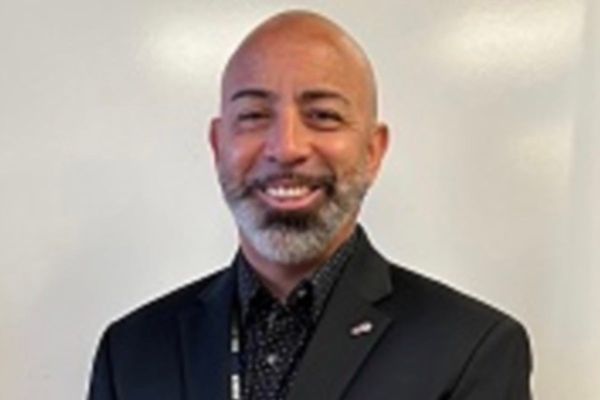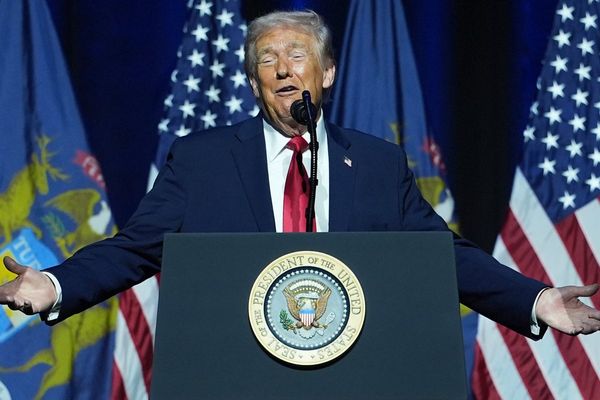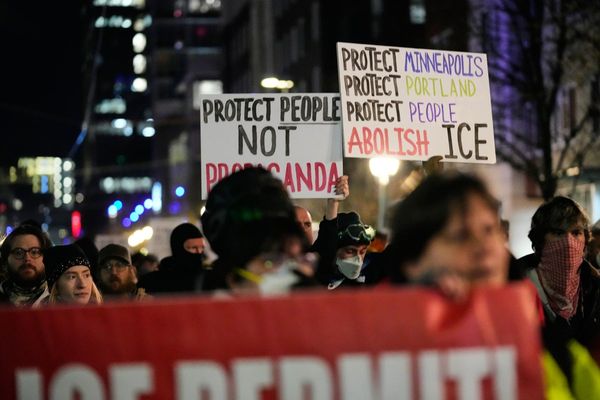
A projectile hit a football pitch in the town of Majdal Shams on Saturday in the Israeli-occupied Golan Heights, killing 12 children and young people.
Israel blamed the attack on the Lebanese armed group Hezbollah, saying it would pay a “heavy price“. The group denied responsibility. On Tuesday, Israel struck Beirut, killing at least three people in an air raid. Israel’s military said it had targeted Hezbollah commander Fuad Shukr, accusing him of being responsible for the Golan Heights attack. On Wednesday, Hezbollah confirmed that Shukr had been killed.
Majdal Shams is a Druze town. Here is a quick look at the community at the centre of the attack:
Who are the Druze?
The Druze are an ethnoreligious minority that largely identifies as Arab and is Arabic-speaking.
The Druze religion grew out of Ismaili Shia Islam in the 11th century but has evolved to include aspects of other religions, including Hinduism, as well as ancient philosophies.
The faith believes in reincarnation while recognising traditional figures in Islam, Christianity and Judaism.
The minority has remained largely separate from surrounding communities with no proselytising and marriage outside the faith discouraged.
Where do they live?
The community is found in Syria, Lebanon, Jordan, Israel and the Golan Heights – Syrian territory occupied by Israel. Ties between Druze in different countries continue to be strong.
Israel took the majority of the Golan Heights in the 1967 Arab-Israeli War and then annexed that area in 1981 despite condemnation by the United Nations and the international community. Only the United States recognises Israel’s sovereignty over the Golan, which is strategically important because it overlooks the plains of northern Israel and southwestern Syria.
After the occupation began, many Syrians were forced out of the Golan, and Israel built illegal settlements there. About 20,000 Druze live there today.
Israel was quick to say that the young people killed in Saturday’s attack were Israelis, but many Druze in the Golan Heights do not hold Israeli citizenship.
An estimated 150,000 Druze in Israel do hold citizenship. They largely identify with Israel and are conscripted into the Israeli military with the term “blood covenant” often used to describe the relationship between Israeli Druze and Israeli Jews. As part of this, many Druze have fought for Israel in its wars against Arab neighbours and the Palestinians.
An estimated one million Druze live in Lebanon and Syria. They live around Mount Lebanon in northern Lebanon and in villages and towns in southern Syria around Sweida and Jabal al-Druze, which means “Mountain of the Druze” in Arabic.
What role have they played in the politics and culture of the region?
The Druze played important roles in establishing both modern Syria and Lebanon.
In Lebanon, the Druze exert significant influence through the Progressive Socialist Party, the country’s main Druze party. In Syria, the Druze were early supporters of the ruling Arab Socialist Baath Party. In 1963, Druze military officers joined the coup that brought the party to power for the first time.
Makram Rabah, an assistant professor of history and archaeology at the American University in Beirut who has written extensively on the Druze, told Al Jazeera they are “one of the founding communities of modern Lebanon, Syria and Jordan and Palestine” with a long history in the region.
Rabah described their early role as frontier warriors: “Over time, they assumed many political and military responsibilities on behalf of the Muslim Caliphate”, he said, referring to the role the Druze played in the Abbasid Empire, which existed from 750 to 1258.
“So all of this has made them … one of the surviving tribes of the Levant,” Rabah said.
In Israel, several members of the minority sit in the Knesset. Many Druze have also achieved high-ranking positions in the military.
The community’s service to Israel notwithstanding, the Druze were among the fiercest critics of the 2018 nation-state law. Druze rallied in Tel Aviv in their tens of thousands to denounce a law that defines Israel as the “nation state” of the Jewish people, arguing that it relegated their community to the status of second-class citizens.
What has been the response in Majdal Shams after Saturday’s attack?
The community is reeling after the deadly attack. Despite months of rocket fire and air strikes following the Hamas-led attacks on southern Israel on October 7, some felt safe because they were not being targeted.
The Forum of Druze and Circassian Authorities, which represents the community, requested that no government minister visit the village while the community mourned.
“We ask all government representatives, ministers and senior officers, do not come,” the forum’s chairperson, Yasser Gadban, wrote in a letter.
“Due to the sensitivity of the situation, we ask that you not turn a massacre event into a political event. We are requesting a quiet, religious funeral in accordance with Druze custom,” Gadban wrote before the funeral held for the children on Sunday.
Nevertheless, a delegation of Israeli ministers tried to attend the funeral, including far-right Finance Minister Bezalel Smotrich, angering residents, some of whom heckled the ministers.
“Many Druze feel angry and do not want to be fuel in this war for any side,” Raya Fakher Aldeen, a Majdal Shams resident, told the Reuters news agency.







